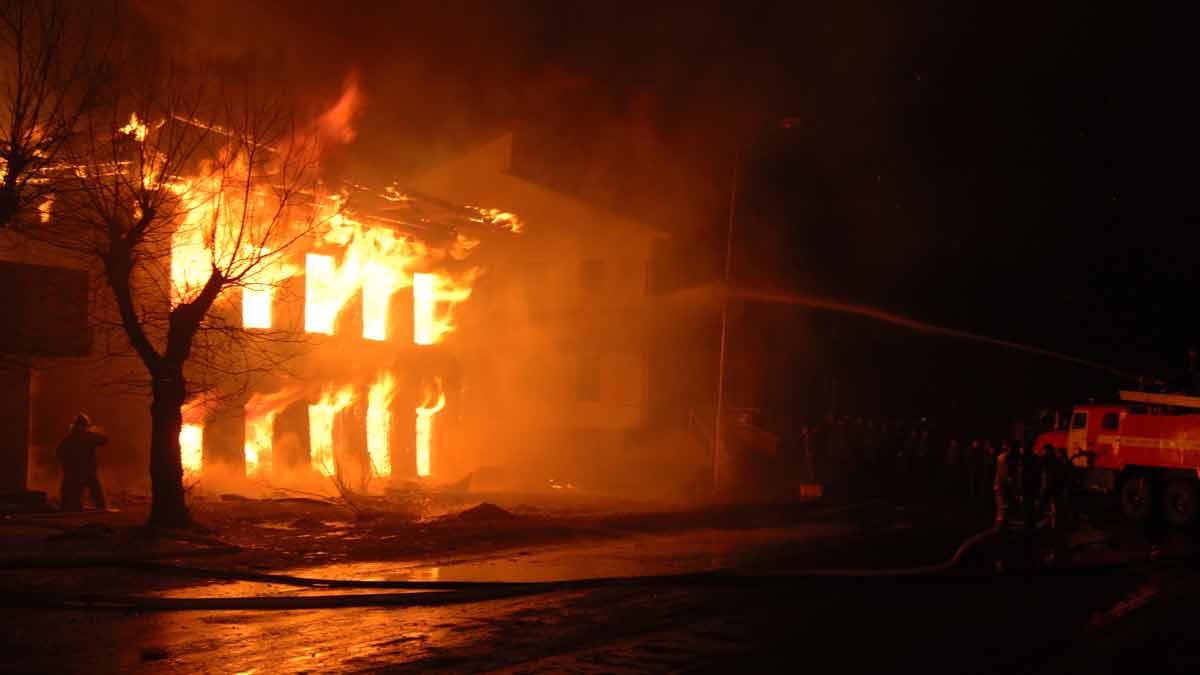In 2016, annual fire deaths in Minnesota fell to their second-lowest level since the Department of Public Safety State Fire Marshal Division (SFMD) began compiling those statistics in 1970, according to a preliminary report. Thirty-six fire deaths were reported in 2016, a 37 percent decrease from the 57 fire deaths reported in 2015.
The record-low year was 2009, when 35 deaths were were reported. The year with the record high was 1976, when 134 fire deaths were reported.
While sate officials are heartened by the decrease, State Fire Marshal Bruce West said losing one life is too many. “Nobody should ever have to suffer the pain of losing someone in a fire,” he said. “Everyone must take fire prevention seriously so the number of deaths keeps falling.”
LEADING CAUSES OF FIRE DEATHS
Careless smoking was the leading cause of fire fatalities. Seven Minnesotans died as the result of careless smoking. Four people died due to combustibles being located too close to a heat source, four died in fires associated with suicide or arson, and in 13 cases, the cause of the fire was not determined.
FIRE PREVENTION TIPS
The Fire Marshall’s office offered the following fire prevention tips:
- Don’t turn on a stove burner and then leave it unattended;
- Don’t put anything that can ignite closer than 3 feet from any heat sources, particularly in the kitchen;
- Don’t smoke in the house;
- Don’t put cigarette butts in potted plants or anywhere with organic or flammable material;
- Space heaters can be hot enough to start a fire, so keep anything that could start a blaze three feet away;
- Only use space heaters when someone is in the room, and turn them off when there is no one to attend to them;
- Do not sleep with a space heater on;
- Don’t use an extension cord or power strip with a space heater;
- Candles should never be left unattended;
- Don’t put anything flammable within three feet of a candle;
- Test smoke alarms and carbon monoxide detectors on a regular basis, and don’t forget to change their batteries once a year;
- Make sure every bedroom and every floor of the house has a smoke detector; and
- Put carbon monoxide alarms within 10 feet of each bedroom.
